The popularity and demand for Renewable Energy are increasing day by day across the globe and especially in India. The primary reasons are its abundant natural availability and lower emissions of carbon and other pollutions as against the Non-renewable or ‘dirty’ energy sources like coal, oil, or gas. An increasing continuous effort is going on to generate electrical power from renewable energy to cater to industrial and domestic needs. A lot of research activities are going on for making the technological advancements in these areas with due support from the government.
There is a growing need for skilled manpower preferably with a background bachelor’s degree in Electrical Engineering and having Renewable Energy Power specialization for renewable power energy generation, distribution, and maintenance. This trend will continue to be more and will have a steep rise during the coming years. However, much more awareness is required, especially among the student community, and the great importance of renewable energy power needs to be realized and propagated to others. This blog is a humble attempt to highlight the importance of Renewable Energy Power systems with a special message for the Electrical Engineering aspirants to learn this unique specialization with an objective to become professionally ready to meet the power challenges of tomorrow.
What is Renewable Energy?
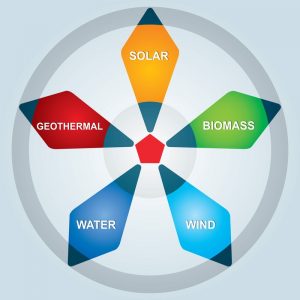
Renewable energy often referred to as clean energy, comes from natural sources or processes that are constantly replenished. For example, sunlight or wind keeps shining and blowing, even if their availability depends on time and weather conditions. Renewables are becoming a more important power source, especially solar and wind energies. The other forms of renewable energy are hydro, biomass, geothermal, and wave.
Solar energy is the most abundant source of energy on Earth, fuelling the plants we use for food, fuel, and powering the wind and weather in our skies. According to the National Renewable Energy Laboratory, “more energy from the sun falls on the earth in one hour than is used by everyone in the world in one year.” Solar energy is a powerful source of energy that can be used to heat, cool, light homes, generate electrical power for industries and businesses.
Solar cells, also called photovoltaic cells, convert sunlight directly into electricity. Photovoltaics (often shortened as PV) gets its name from the process of converting light (photons) to electricity (voltage), which is called the photovoltaic effect. This phenomenon was first exploited in 1954 by scientists at Bell Laboratories who created a working solar cell made from silicon that generated an electric current when exposed to sunlight. The individual cells are connected together to form a Solar Panel. Solar Panels can be connected together in series and parallel to form Solar Array.
Wind power has emerged as the fastest-growing renewable energy source. Wind energy turns a turbine’s blades, which feeds an electric generator and produces electricity. The decentralized and locally available nature of wind energy makes it particularly attractive for electricity generation.
Why is Renewable Energy becoming so important?
Now that we have increasingly innovative and less-expensive ways to capture and retain wind and solar energy, renewables are becoming a more important power source. The expansion in renewables is also happening at scales large and small, from rooftop solar panels on homes to giant offshore wind farms. Even some entire rural communities rely on renewable energy for heating and lighting. Businesses and industries use solar technologies to diversify their energy sources, improve efficiency, and save money. Energy developers and utilities use solar photovoltaic and concentrating solar power technologies to produce electricity on a massive scale. Renewable energy is modernizing the electricity grid making it smarter, secured, and integrated across regions.
The Renewables 2020 Global Status Report (GSR) released annually by the Renewable Energy Policy Network for the 21st century (REN21) tells the story of renewable energy of 2019. According to the report, renewables are pulling ahead in the power sector. From the chart above, it can be seen that wind and bioenergy capacity have been fairly stable. The primary reason renewable capacity additions are growing is the rise in Solar PV panels.
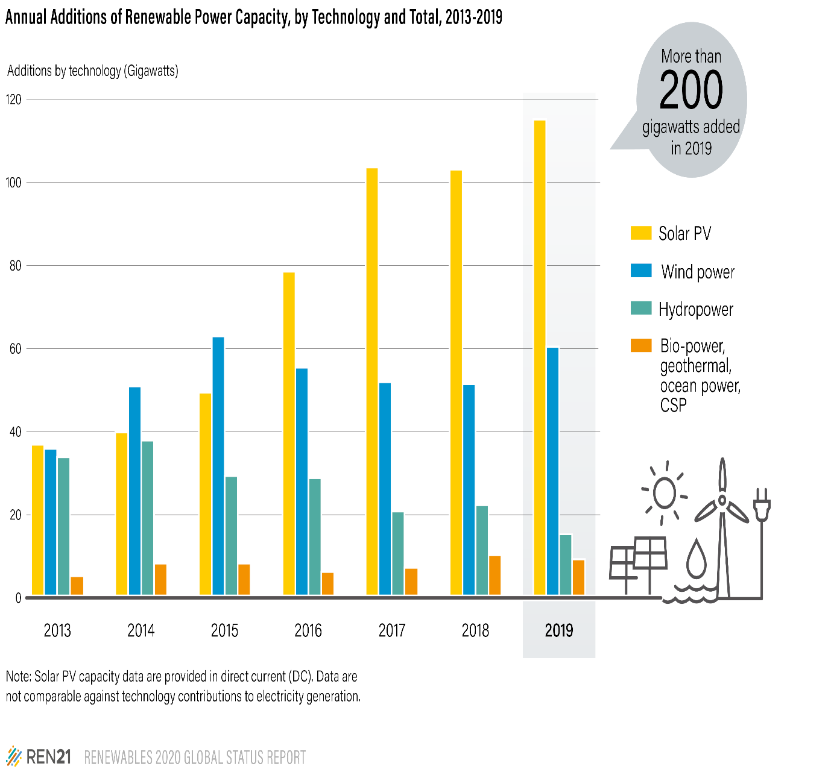
Applications of Renewable Energy
The two broad areas of applications are:
- Electricity Generation
- Thermal Energy devices
Electricity Generation
One of the most important applications of renewable energy is the generation of electricity. Renewable energy plays an important role in Smart Grid Power generation. In recent years, the utilization of renewable energy in smart grid operations is increasing. Some studies show that these technologies provide reliable and low-cost electricity service.
Smart Grid
Smart Grid is the increased use of digital information and control automation to improve reliability, security, and efficiency of the electric grid that save energy and reduce consumer cost. Smart Grid could be the best way to create an ideal renewable energy system. Renewable energy can be promoted through the following 5 ways of Smart Grid.
- On-Demand Electricity & Reducing Consumption
- Transition to a Green Economy through new technology
- Improved Grid Efficiency
- Reliable and Efficient Distribution of Smart Data
- Reduction of Carbon Emissions
With the smart grid concept, small distributed renewable energy sources like solar PV, wind turbines, biomass can be integrated into an urbanized, modern and large power grid network. PV energy is the most scalable type of renewable energy generation. Due to the increasing price of petroleum products and the reduction of PV system costs over the last many years, the opportunities for PV smart grid system is increasing rapidly. PV, therefore, has wide applications in Smart Grid Power Systems.
Solar Thermal Energy Devices
Solar energy can be converted into thermal energy with the help of solar collectors and receivers known as Solar Thermal Devices. Few such devices are water heaters, air heaters, solar cookers, solar dryers for domestic and industrial applications.
Bright Prospects of Renewable Energy Power
The government of India has formulated an action plan to achieve a total capacity of 175 GW of Renewable Energy (exclusive of 60 GW of hydropower) by 2022. This includes 100 GW of Solar power, 60 GW from Windpower, 10 GW from Biomass power, and 5 GW from small hydropower. Solar installation in India was expected to increase by 300% by 2020. Renewable power capacity is set to expand by 50% between 2019 and 2024, led by solar PV. Solar PV alone accounts for almost 60% of the expected growth, with onshore wind representing one-quarter. Solar PV is the single largest source of additional expansion potential, followed by onshore wind and hydropower. Distributed solar PV systems in homes, commercial buildings, and industrial facilities are set to take off, bringing significant changes in power systems. A rapid rise in the ability of consumers to generate their own electricity presents new opportunities and challenges for electricity providers and policymakers around the world. While Japan remains a strong market, India and Korea emerge as drivers of capacity growth in Asia. The expansion of distributed solar PV in North America is twice as rapid between 2019 and 2024 as it was between 2013 and 2018, mainly driven by the United States. Huge untapped potential still exists. To reach the ambitious targets of generating 175 GW of renewable energy by 2022, it is essential that the government creates 330,000 new jobs and livelihood opportunities. According to the 2018 Annual review of the IRENA, global renewable energy employment touched 10.3 million jobs in 2017, an improvement of 5.3% compared with the quantity published in 2016. Many socio-economic advantages derive from renewable power, but employment continues to be exceptionally centralized in a handful of countries, with China, Brazil, the USA, India, Germany, and Japan in the lead. More job opportunities in renewable energy, especially in Solar power came up during the last couple of years and huge job potentials are expected, especially for Electrical Engineers in the next few years. This trend has already started a few years back as illustrated through the figure above from the IRENA report.
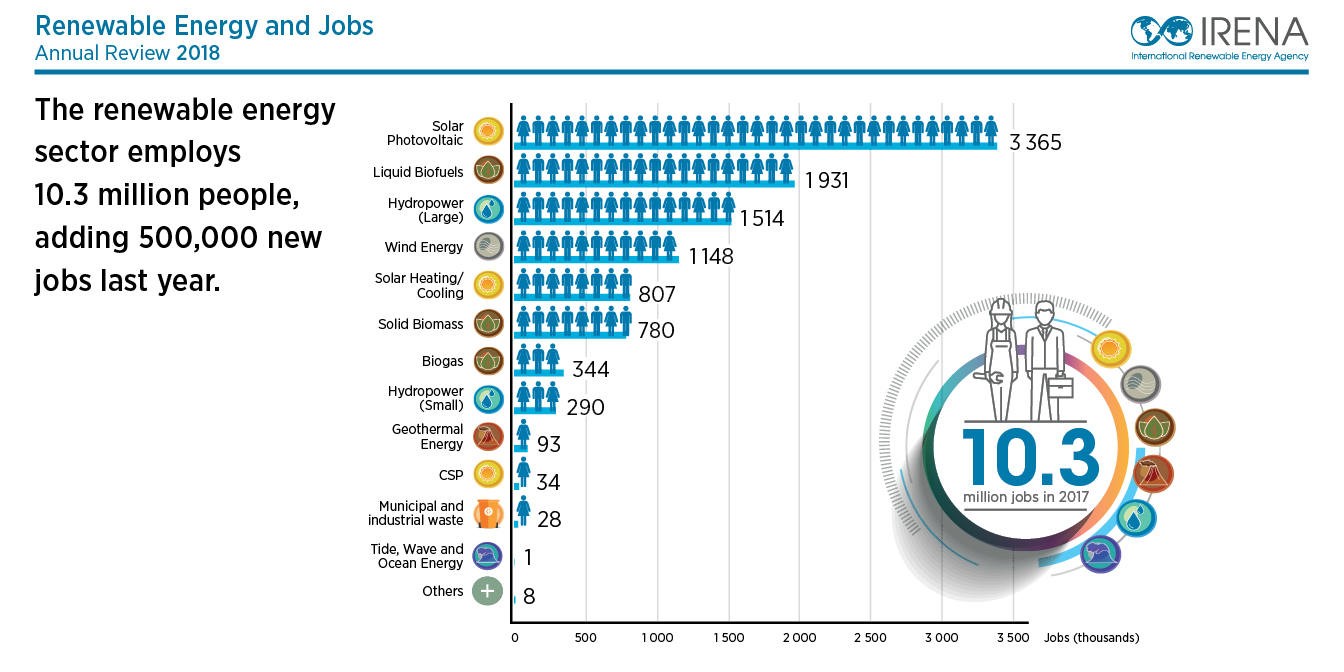
The usually available job positions for Electrical Engineers are listed below,
Job positions for Electrical Engineers
- Engineer Renewable Generation
- Field Engineer – Renewable Energy
- Engineer – Renewable Generation
- Power Systems Engineer
- Quality Assurance Engineer
- Site Electrical Engineer (Solar)
- Solar Power Engineer
- Solar Design Engineer
- Solar Installer
- Design Engineer – Solar PV Plant Design
- Design Engineer – New Solar Product
- Solar Operations And Maintenance Engineer
- Quality Electrical Engineering – Solar Power Plant
There are also good opportunities for earning Master’s degrees and pursue Research in renowned Universities / Institutes of India and abroad. Moreover, one can go for Entrepreneurship which also has a very good future in this growing field.
References
Kumar. J, C.R., Majid, M.A. (2020). Renewable energy for sustainable development in India: current status, future prospects, challenges, employment, and investment opportunities. Energ Sustain Soc 10, 2..
N.Phungpornpitak, S. Tia (2013). Opportunities and Challenges of Integrating Renewable Energy in Smart Grid Systems – EMSES2012, Energy Procedia 34 (Science Direct), 282-290.
Renewable Energy – Brand Equity Foundation February 2018
https://www.iea.org/reports/renewables-2019/
https://www.vox.com/energy-and-environment/2019/6/18/18681591/renewable-energy-china-solar-pv-jobs




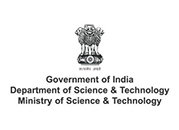

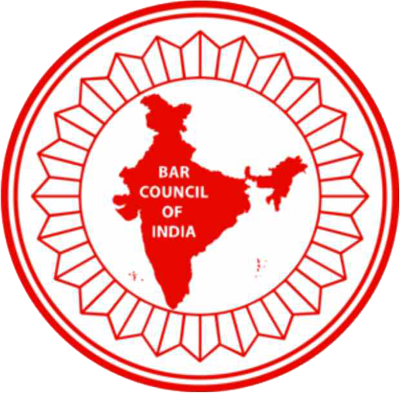

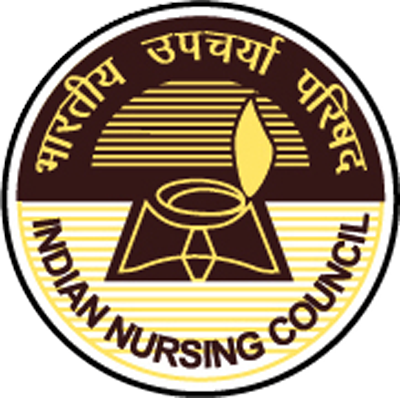

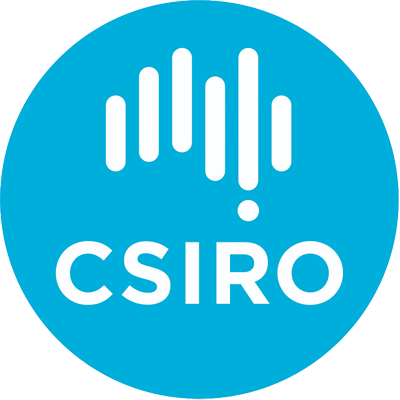

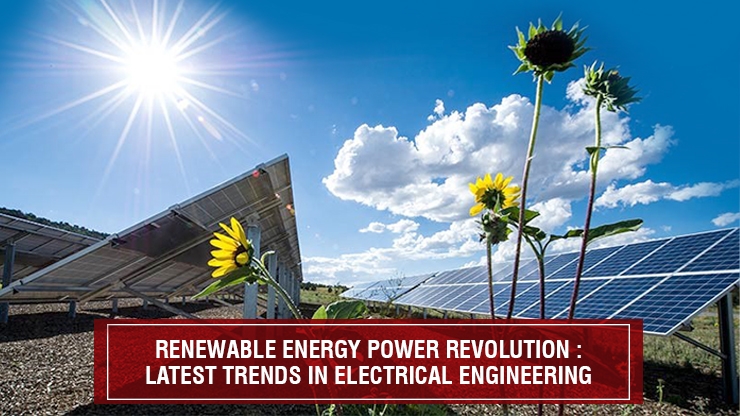
 6 Sep 2021
6 Sep 2021



